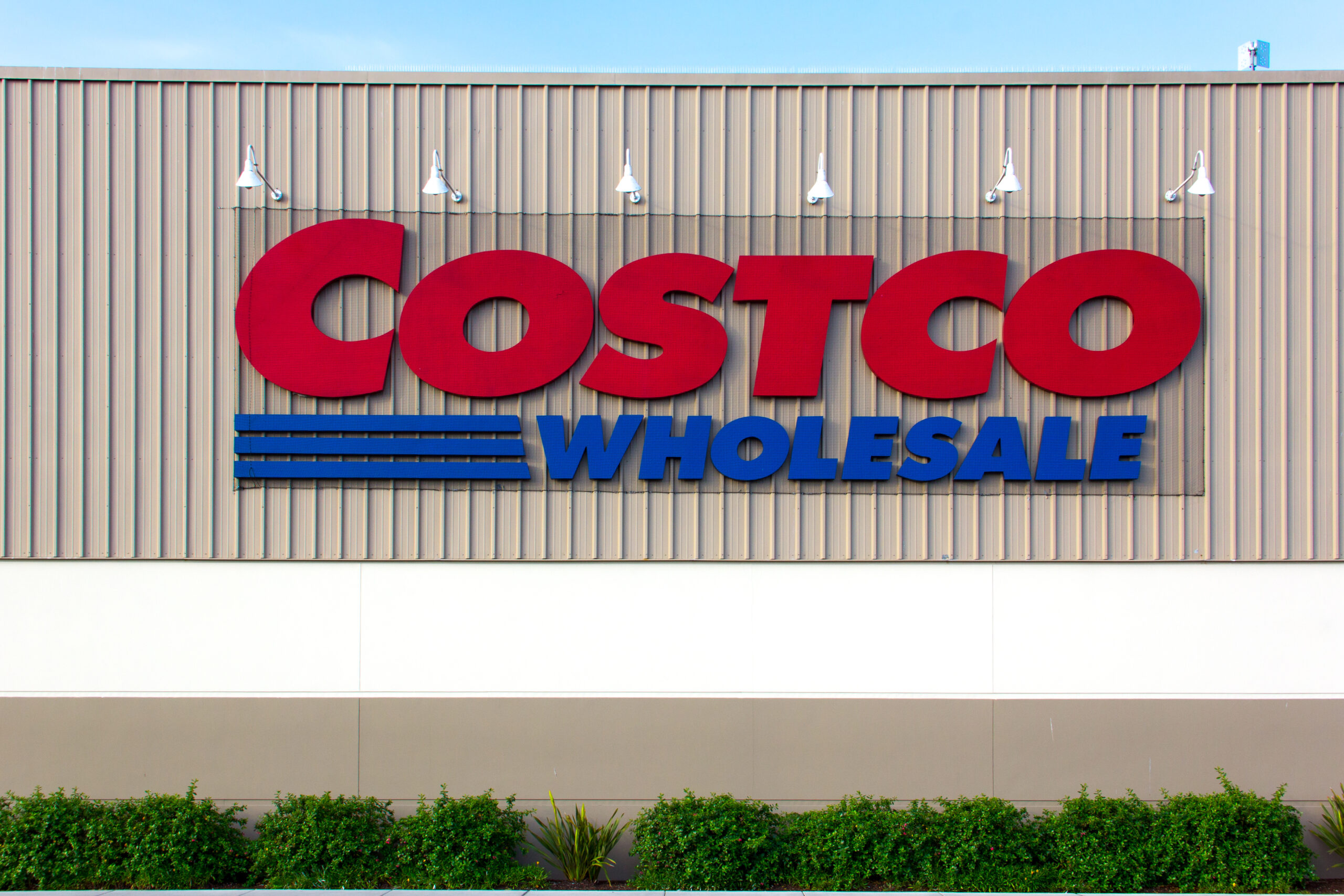A
A
A
If you had a pair of pants that you needed to return to Target or your family missed all the delicious free food samples at Costco, you may now be in luck as these stores, as well as many others, are now starting to return to normal business practices after the drastic changes they made to curb the spread of the coronavirus. These changes are now being implemented as many states and counties are starting to come out of shelter-in-place orders. While any return to normalcy may be attractive to some shoppers that have grown weary of the restrictions on their lives placed by the COVID-19 pandemic, many experts are warning that going back to regular policies too soon could lead to a resurgence of the virus in the surrounding communities.
A Fragile Balance
As companies attempt to resume many of their regular day-to-day operations, it is a stark reminder of how the goals of businesses and politicians who want to restart the economy and those who are concerned with curbing the spread of SARS-CoV-2 are often at odds. While both sides seem to understand there is a balance that must be kept, there is often disagreement on how to achieve it. Worker safety organizations and epidemiologists argue that the practices enacted by companies, like Kroger, helped protect many customers and staff from getting sick during the first stage of this situation. Those who applaud the policies that many businesses put in place during these early stages state that they shouldn’t be rolled back now and that they are vital to continuing to hold off more infections.
While many of these businesses are now changing their practices were deemed “essential” during the state lockdown orders, many government officials see the relieving of these orders as imperative to make the economy fire on all cylinders.
A Patchwork Response
Read More »
Many retailers point to the lack of a national response to the coronavtirus as to why businesses are taking different approaches to the easing of restrictions. Many also state that there have been many shifts in the recommendations and guidance of state government officials. Without cohesive national guidelines and sometimes unclear state requirements, many companies are taking it upon themselves to glean what they can from the directives they’ve received and try to get back to some semblance of normal.
Getting Back to a Financial Normal
Even “essential” businesses felt the pinch during the stay-at-home orders. Even though many consumers flocked to these stores to stock up on needed items, the costs of operating also increased and left many companies with dwindling margins. Despite seeing their shelves emptied of many items, a lot of places saw their profits drop significantly during the lockdowns because operating costs were ballooning. Many experts point to this cut in profits as one of the reasons that businesses are so eager to return to their normal practices and routines. By cutting the costly safety measures they’ve put in place, including sanitation and staffing increases, they can regain some of their lost profits.
Many companies, like Target, have reported huge increases in online sales, but these are not as profitable because of all the logistic and delivery fees attached to them. This has led to an increased desire to get foot traffic into their actual stores and to shake off many of the restrictions from the shutdown period. In short, they want people shopping in their stores.
A Return to Normal Could Lead to a Return of the Virus
Some of the restrictions that have been lifted have caused many epidemiologists and medical professionals to get nervous about their impact on coronavirus cases. In many areas of the country, cases of SARS-CoV-2 are continuing to increase.
Arizona, for example, is warning that they may exceed their bed capacity in hospitals if the situation continues to develop. Several retailers have decided to allow more people into their stores, allowing for less social distancing and exposing their staff to many more customers throughout the day. There are also several establishments, like Kroger, that are going back to their regular operating hours. Certain restrictions, like masks, are often left for state and local officials, or stores themselves, to decide.
Retailers are stating that resuming regular hours will help with social distancing because it will give customers more time to visit the store, so the traffic will be staggered more evenly. Labor unions disagree, stating that frontline workers, like the ones you find in retail and grocery stores, are at an increased threat of catching this virus because of their proximity and exposure to large groups of people. They also state that easing these restrictions will take away some of the protections they had against getting sick.
The United Food and Commercial Workers Union reports that at least 68 grocery workers have died so far during this crisis. They also point to widespread infections among meat workers that could lead to a meat shortage as a sign of what can happen when the proper safety protocols aren’t in place.
The Uncertain Road Ahead
The one thing that retailers and the health community agree upon is that they don’t want to have to go through another lockdown. Many businesses experienced huge financial hits during these shelter-at-home orders and are looking at a slow recovery to get where they were before the pandemic.
Medical and science professionals don’t want to see another surge in cases and hospitals being overwhelmed with patients as they were in New York City. As stores ease restrictions and customers try to get their lives back to some semblance of normal, only time will tell if there can be a balance between economic and health concerns in this country.






